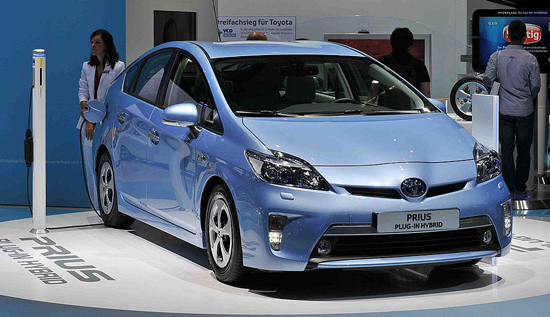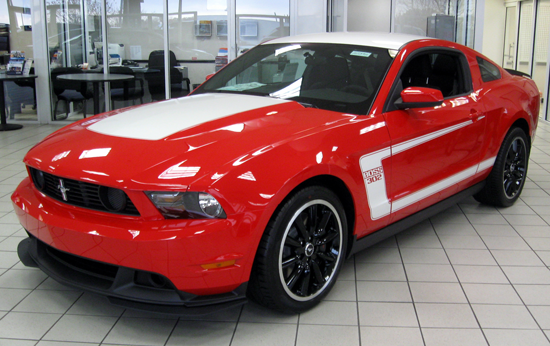When Engines Are Too Quiet
by Andrew Boyd
Today, it's time to make some noise. The University of Houston's College of Engineering presents this series about the machines that make our civilization run, and the people whose ingenuity created them.
It's happened more than once, and it's always unsettling. Driving through a parking lot, a pedestrian mindlessly steps in front of my car causing me to slam on the brakes. And it isn't a case of distracted walking. No cell phones or texting involved. What, I ask, are these people thinking?
The reason became all too clear when the tables were turned and I found myself stepping in front of a car. The culprit? The car's engine. Electric cars, or hybrids running on batteries, don't make much noise. People were stepping in front of my Prius because they couldn't hear it.

Toyota Prius Plug-in Hybrid. Photo Credit: Wikimedia Commons
In December of 2010 this quiet problem led Congress to take action. The Pedestrian Safety Act was passed with overwhelming support, including a unanimous vote in the Senate. The three page act was quite specific, aimed at hybrid and electric vehicles traveling below what's known as the crossover speed. Above the crossover speed, tire and wind noise are prominent. Below this speed, engine noise takes over -- except in the case of very quiet engines. The congressional act called upon the Secretary of Transportation to establish and enact minimum noise standards. Below the crossover speed, cars must be loud enough for pedestrians to hear and differentiate acceleration, deceleration, and constant speed. But, and here's the interesting part, the sound itself doesn't have to mimic the sound of a conventional engine. That's offering a surprising new challenge for engineers: what to make cars sound like.
Hybrids and electrics aren't the only cars suffering quietude. Oddly enough, so are sports cars. Today's high end sports cars are so refined, with purring engines and sound insulated passenger compartments, they lack an ingredient many people badly want — the sound of an engine revving through one gear after the next.
One solution is strikingly simple: make a recording of engine sounds and run them through the car's speaker system. The method's actually proven quite effective, providing discerning drivers with the aural experience they crave. Further, it doesn't increase noise for passersby, and the cars can be designed with a noise shutoff switch — in case you're in the mood for a quiet ride.

Ford Mustang Boss 302 coupe. Photo Credit: Wikimedia Commons
Of course, the problem with this solution is that it seems like cheating, and many sports car enthusiasts feel just that way. So some manufacturers have created sophisticated mechanical means by which to capture engine noise, acoustically amplify it, and transmit it without speakers into the passenger compartment. Cheating problem solved.

Porsche Panamera 2011. Photo Credit: Wikimedia Commons
As you walk the city or through a parking lot, keep an ear out for strange new sounds coming from the latest generations of hybrid and electric cars. They're sure to provide an ever changing symphony.
I'm Andy Boyd at the University of Houston, where we're interested in the way inventive minds work.
(Theme music)
K. Colwell. Faking It: Engine Sound Enhancement Explained. Car and Driver, April, 2012. See also: http://www.caranddriver.com/features/faking-it-engine-sound-enhancement-explained-tech-dept. Accessed January 7, 2015.
Federal Motor Vehicle Safety Standards; Minimum Sound Requirements for Hybrid and Electric Vehicles. From the Federal Register website: https://www.federalregister.gov/articles/2013/01/14/2013-00359/federal-motor-vehicle-safety-standards-minimum-sound-requirements-for-hybrid-and-electric-vehicles. Accessed January 7, 2015.
The Pedestrian Safety Enhancement Act of 2010. From the govtrack website: https://www.govtrack.us/congress/bills/111/s841. Accessed January 7, 2015.
This episode first aired on January 15, 2015.